This data form is targeted at population monitoring of beach-nesting bird species, like Hooded Plover, Red-capped Plover, Beach Stone-curlew, Pied Oystercatcher, Sooty Oystercatcher and terns such as Fairy Tern, Little Tern and Caspian Tern, as part of our Beach-nesting Birds Project. For the Hooded Plover, this form is used for Western annual counts or the Eastern biennial count.
It is set up for reporting your beach, lake, island or wetland surveys in a way that is most useful to tangible conservation outcomes for these species. This data form allows exact location detail for each sighting along a given beach or lake for example, so we can better identify potential breeding locations at the scale needed. Starting and finish points are submitted so we can confidently compare survey routes over time. There is capacity for a rapid threat assessment to identify threats to the birds.
For repeated visits to breeding birds, data collection differs as it is focused on the one territory or colony site. This is highly sensitive data and only trained volunteers should be collecting this information due to the potential risks of disturbing nesting birds. You can sign up for training here, and you will then be given access to our restricted portal for nesting shorebirds, or Birdata’s colonial nesting form for nesting terns.









